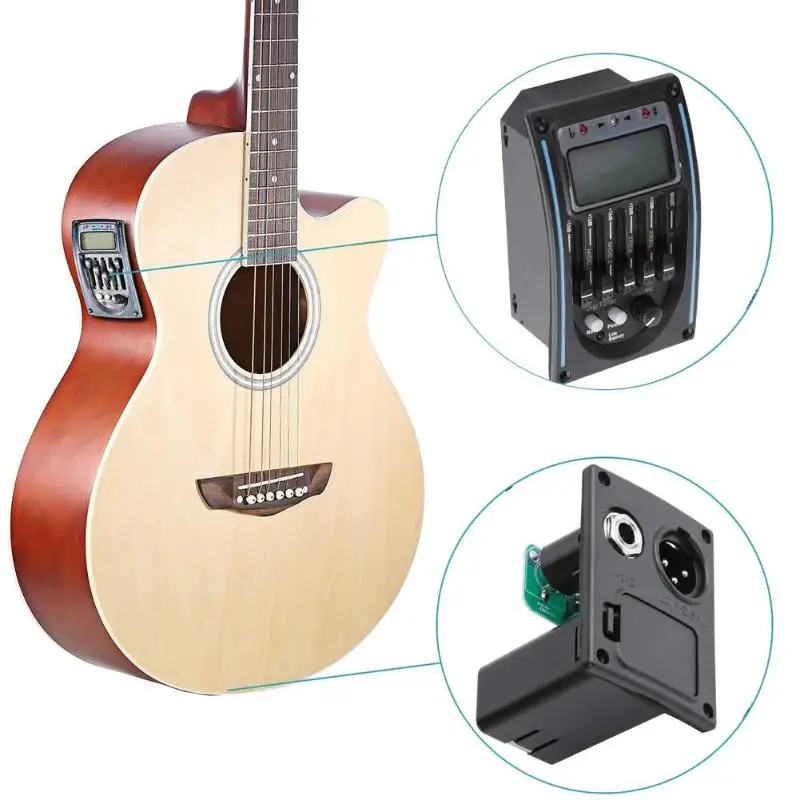

The crystals convert the sound impulses into electrical impulses (but do not actually produce current). When one plate moves from sound vibrations, it acts as a variable resistor, allowing voltage to pass through at different rates. In my mind this is an early electrified, although not directly coupled, instrument.” Telephones used a carbon button transducer in the mouthpiece, a sandwich of two metal plates with carbon crystal, a soot-like material, in the middle. Early electrics historian Lynn Wheelwright makes an interesting observation, saying, “I am sure that, long before amplification, somebody played their violin or piano over an early telephone so grandma or a fellow band member could hear it. The telephone, introduced by Thomas Edison in 1877, could be thought of as a pickup and amp combo, with the mouthpiece as the pickup and the earpiece as the speaker. For the most part, these technologies were uncovered years before their musical application.

Several technologies seemed to be viable: carbon button, piezo, condenser, electrostatic, electromagnetic. Still, the right combination remained elusive. Alvino Rey, who became one of the first stars of electric guitar, recalled that during this period more than one person was experimenting with rudimentary electromagnetic units. They experimented with telephone mouthpieces, microphones, phonograph tone arms, and reverse-wired speaker coils. But this setup had limitations, so guitarists looked at ways to combine microphone and amplification technologies specifically for guitar. Many guitar players had stepped up to the microphone and had their playing amplified. PA units with amps and speakers were used to add volume to vocal performances, phonographs, and radios.

Microphones were in wide use, and amplification was an accepted technology, particularly in entertainment. But, because it could not compete in volume with the drums and horns of the jazz age, it was limited on the bandstand. These and hundreds of other “tinkerers” contributed to the eventual electrification of the guitar.īy the end of the 1920s the guitar was more popular than ever. The great guitarist Alvino Rey Rickenbacker’s George Beauchamp Lyon & Healey technician John Kutilek and Frederick Dierdorf, who sketched out and applied for a patent on an electrified violin in 1924. But it was the generation prior who first saw electricity as the solution to the guitar problem. Leo Fender, Seth Lover, Walter Fuller, and Ray Butts, all to be revered one day as the great innovators of electric guitar, learned electronics in the 1920s and ‘30s in part by tinkering. Tinkering with electronics motors came to rival sports, outdoor activities, and even making music in popularity. Electricity gave Americans a whole new way of living. Now you could flip on a light, switch on a radio and keep your beer cold in a refrigerator. The widespread availability of electricity that began in the early 1920s was an advancement so important it’s hard to find comparable events. This month, we’ll explore the early days of electric guitar pickups, looking at how and why it happened. Single-coil, dual-coil, and hum-canceling pickups tone and volume circuits tone-shaping effects and amplification all were first developed during this period.

While even knowledgeable gearheads will begin the story of guitar electronics after World War II, the true genesis took place in a wave of innovation between 19.


 0 kommentar(er)
0 kommentar(er)
